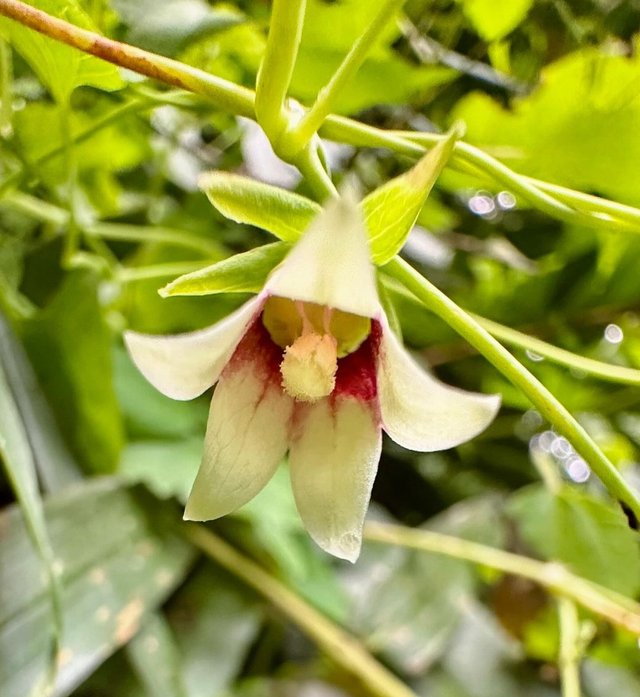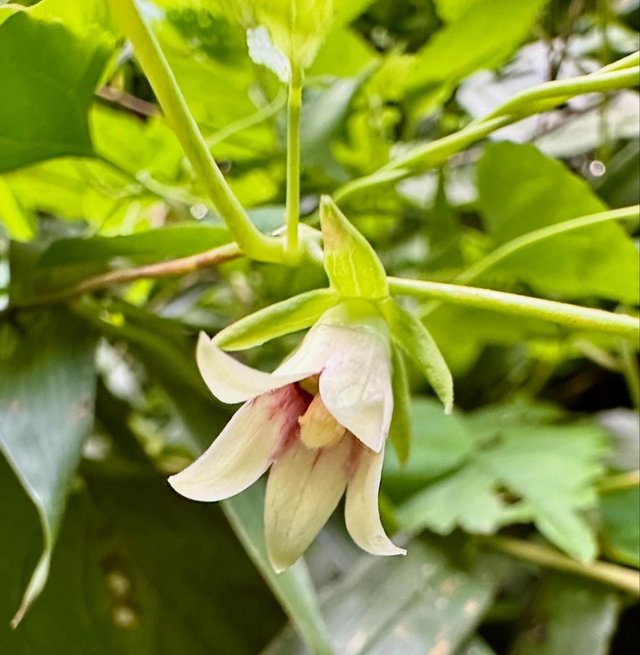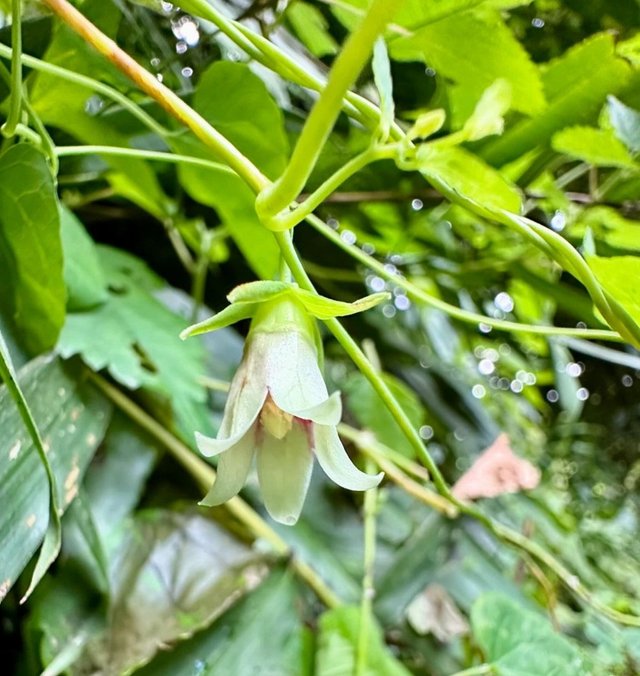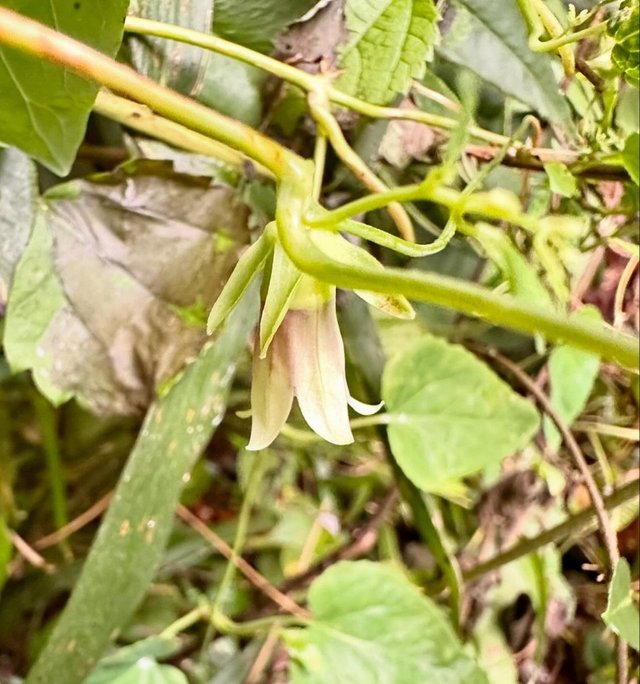Stauntonia Hexaphylla So Beautiful
Stauntonia hexaphylla: A Fascinating Climber with Ornamental and Medicinal Value
Introduction
Stauntonia hexaphylla, commonly known as the "Six-leaf Akebia" or "Japanese Staunton Vine," is a captivating evergreen climber belonging to the Lardizabalaceae family. Native to Japan, China, and Korea, this plant has gained attention not only for its ornamental appeal but also for its medicinal properties. The name "hexaphylla" refers to the characteristic six-leaflet arrangement of its compound leaves, which adds a unique aesthetic quality to gardens and landscapes.
Botanical Description
Stauntonia hexaphylla is a vigorous, twining climber that can reach heights of up to 10 meters when provided with adequate support. Its stems are slender, flexible, and woody, making it an excellent choice for trellises, pergolas, or fences where it can display its full beauty.
The leaves are one of the plant's most distinctive features. They are palmately compound, typically consisting of six to seven leaflets, though the number can occasionally vary. Each leaflet is elliptical to lanceolate in shape, with smooth margins and a glossy, dark green surface. The leaves create a dense and lush canopy, providing excellent coverage and shade.
Flowers and Fruits
In the spring, Stauntonia hexaphylla produces small, fragrant flowers that are a delicate pale green to creamy white. These flowers are dioecious, meaning that male and female flowers are borne on separate plants. The male flowers are slightly larger and more numerous than the female flowers, which develop into the plant's most intriguing feature: its fruits.
The fruits of Stauntonia hexaphylla are oblong or cylindrical berries, typically measuring 5 to 10 centimeters in length. They have a purplish-brown skin and a soft, jelly-like interior filled with seeds. The fruits are edible and have a sweet, mild flavor. They are often enjoyed fresh but can also be used in various culinary applications, such as jams or desserts. In Japan, the fruit is known as "Mube" and is traditionally eaten during the autumn season.




